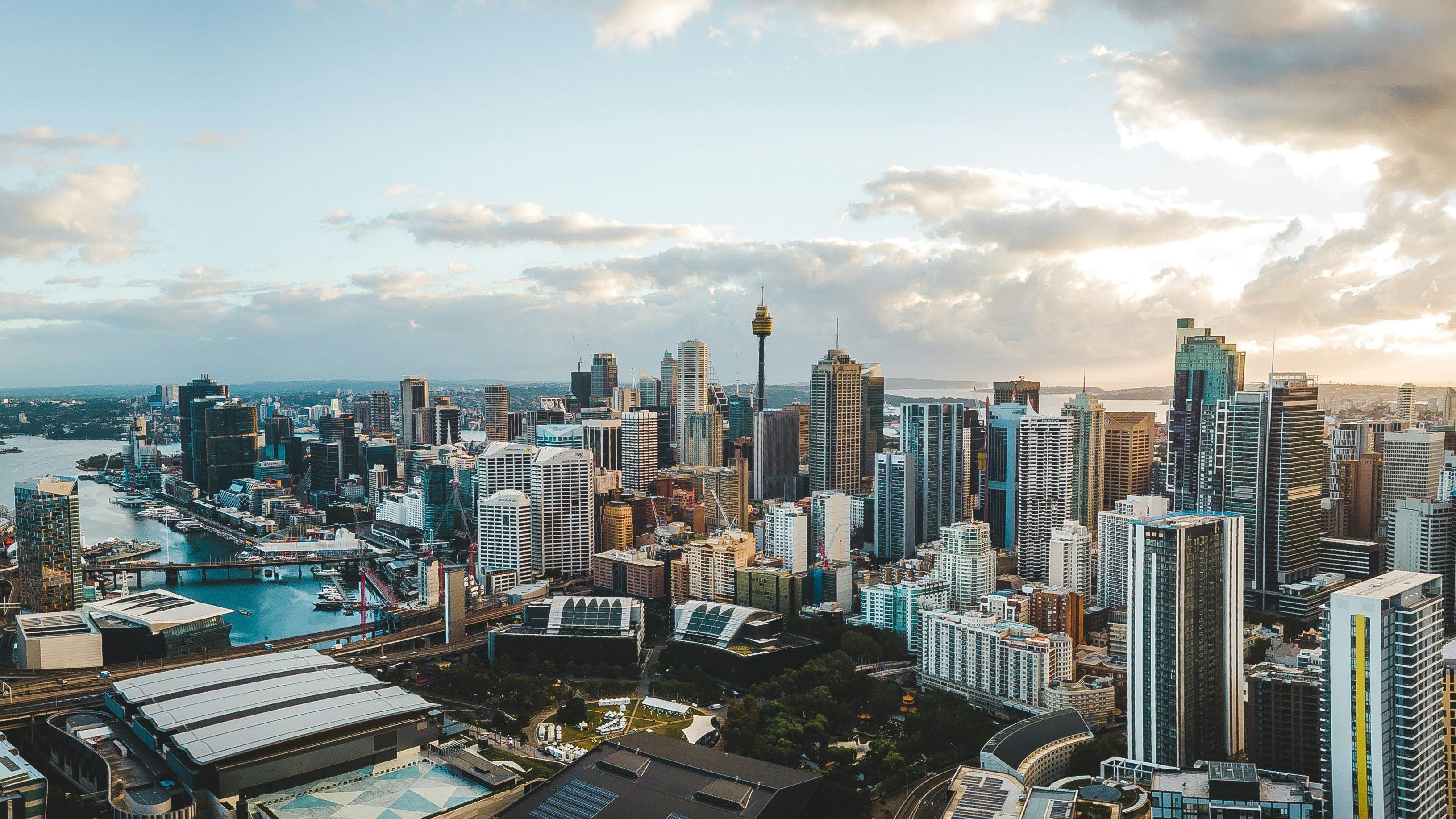Published ,
Updated
The objective of this factory is to produce 15,000 hydrogen systems in 2024, and then increase to 50,000 per year by 2026.
Michelin, Forvia and Stellantis inaugurated their “giga-factory” of fuel cells on Tuesday, which will run hydrogen-powered utility vehicles and buses. The factory of their joint venture Symbio aims to produce 15,000 hydrogen systems in 2024, and then increase to 50,000 per year by 2026, while hydrogen vehicle sales still have to take off. With 700 employees, in the industrial zone of Saint-Fons (Rhône), this factory called “SymphonieHy” is the largest fuel cell factory in Europe, and already has twenty clients.
The French government is betting heavily on hydrogen and is supporting this factory to the tune of 600 million euros, as part of a European plan to subsidize this still uncompetitive technology. “The energy and ecological transition is happening now,” Agnès Pannier-Runacher, Minister of Energy Transition, said at the inauguration. “It’s good for employment, it’s good for the planet, and for our sovereignty: these solutions will replace fuel that we import from the rest of the world.”
Stellantis, the leader in utility vehicles in Europe, delivered the first hydrogen-equipped vehicles assembled in Germany at the end of 2021. For example, an Opel van carries 4.4 kilograms of hydrogen for 400 kilometers of range. Its price still exceeds 100,000 euros at the moment, with a rental offer at 400 euros per month. The manufacturer plans to reduce this price with its new range of Peugeot, Opel or Citroën utility vehicles with hydrogen, which must be assembled in Hordain (Nord).
Also read Michelin strengthens its activities outside of tires
“Support for purchase”
According to Forvia’s boss, Patrick Koller, the hydrogen system will be cheaper than the electric battery by 2030. This launch phase will have to be supported by European states to succeed, Stellantis CEO Carlos Tavares warned: “for the next five years, we will need a purchase support “of at least 30,000 euros per vehicle,” he stressed. Stations must be deployed to recharge, and find hydrogen produced from decarbonised energies: by 2030, the French state must invest 7.2 billion euros to reach 600 kilotons of production per year.
Symbio also plans to open a factory in Alsace early 2024 to manufacture bipolar plates, an essential element of fuel cells, and is considering a second giga-factory in France in 2028. The company is also considering building a giga-factory in California, to supply the American market of utility vehicles and trucks, supported by a very low hydrogen price. Stellantis brands such as Ram intend to take advantage of this to switch their hydrogen pickups from 2026-2027.
A hydrogen fuel cell consists of plates and membranes in which an electrochemical reaction occurs producing electricity, as well as heat and water. It powers the electric motor of utility vehicles or buses, with range and recharge time close to that of thermal vehicles. It therefore allows very small batteries to be used in an electric vehicle, protecting its payload.
” data-script = ” >
#Michelin #Forvia #Stellantis #inaugurent #leur #gigausine #piles #pour #utilitaires
publish_date]





